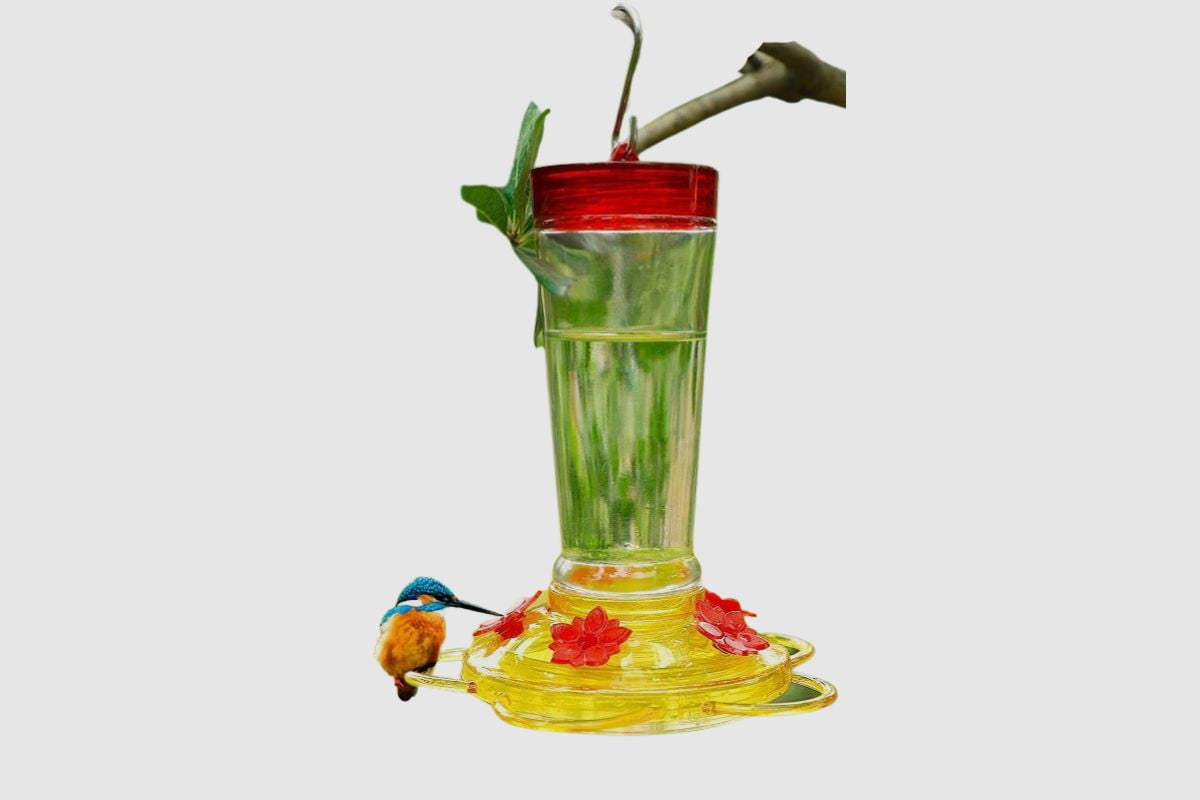Hummingbirds are exquisite avian creatures that many individuals take pleasure in observing as they flit from one flower to another in their gardens. If you wish to assist these feathered friends, placing a hummingbird feeder can be an excellent way to do so.
However, if your bird feeder is experiencing leaks, it can not only create a mess but also discourage hummingbirds from feeding. In this blog post, we will explore the reasons behind a leaking hummingbird feeder and provide solutions to fix the problem.
Causes of a Leaking Hummingbird Feeder
The primary cause of a leaking hummingbird feeder is often poor construction or design flaws in the feeder itself. These feeders are designed with small openings for hummingbirds to drink from, and sometimes these openings are either too large or not properly sealed, resulting in leaks.
Another possible cause is the deterioration of the sealant used between different parts of the feeder over time, leading to leaks. Additionally, prolonged exposure to extreme temperatures or direct sunlight can weaken the feeder’s material, causing it to leak.
Identifying the Source of the Leak
Identifying the source of a leak in a hummingbird feeder can be challenging due to the multiple openings and components involved. To narrow down the potential source of the leak, carefully inspect all the feeder’s openings for any cracks or gaps that may be allowing liquid or air to escape.
If no obvious cracks are visible, you can conduct a test by filling the feeder with water and observing each component as it empties. This will help you pinpoint the specific part that is causing the leak, enabling you to address it effectively.
Preventing Leaks in a Hummingbird Feeder
Once you have identified the source of the leak in your hummingbird feeder, there are several steps you can take to prevent further leakage:
- If you notice any significant cracks or gaps in the feeder, apply silicone sealant or waterproof tape to these areas to patch up the holes and prevent additional leaks.
- If certain parts of the feeder have worn away due to age or extreme temperatures, consider replacing those components with new ones. This will ensure a better fit and create a tighter seal against liquid leakage.
- Before filling the feeder with nectar, ensure that all parts are securely fitted together to prevent gaps that could allow liquid to escape due to air pressure.
Conclusion
Leaks in hummingbird feeders can occur due to design flaws, poor construction, or wear and tear over time. Identifying the source of the leak requires careful inspection and testing. Once identified, you can take appropriate measures such as applying waterproof tape or sealant or replacing worn-out parts to prevent further leakage. By addressing these issues, you can ensure that your hummingbird feeders remain leak-free, allowing more birds to enjoy their sweet treats.
